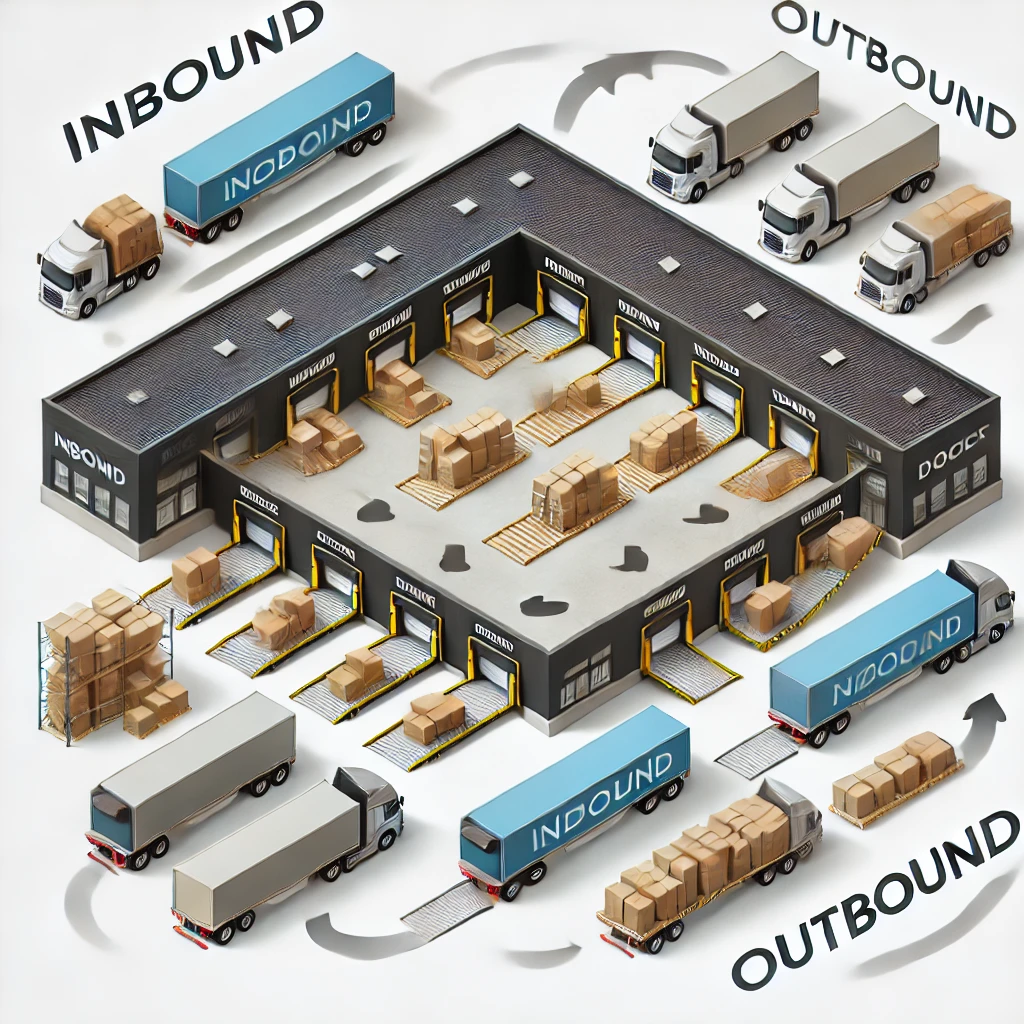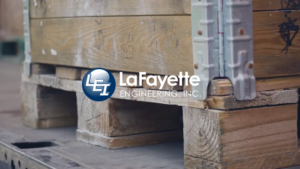Table of Contents
Cross-docking is a logistics strategy where products are unloaded from inbound trucks or containers and transferred directly to outbound transportation with minimal or no storage in between. This method significantly reduces the time goods spend in a warehouse, improving efficiency and reducing costs.

How does Cross-Docking differ from Traditional Warehousing?
In traditional warehousing, goods are stored for extended periods before being distributed. Cross-docking eliminates long-term storage by moving products directly from receiving to shipping, often within hours. This approach minimizes handling, reduces warehousing costs, and speeds up the delivery process. Learn more about the differences here.
What are the main benefits of Cross-Docking?
- Reduced storage costs: Since products spend little time in storage, companies save on warehousing and inventory management expenses.
- Faster delivery: Cross-docking streamlines the transfer process, allowing goods to move quickly from suppliers to customers.
- Improved product quality: Perishable and time-sensitive items benefit from reduced handling and faster shipping times, improving overall product quality.
How does Cross-Docking improve supply chain efficiency?
Cross-docking reduces the number of touchpoints goods experience throughout the supply chain. With fewer stops between the supplier and customer, businesses can lower the risk of errors, damages, and delays. It also allows for faster order fulfillment, reducing lead times and improving overall efficiency.
What industries benefit most from Cross-Docking?
Industries such as retail, e-commerce, food and beverage, and manufacturing benefit the most from cross-docking. Businesses that handle high-demand, perishable, or time-sensitive products can significantly improve their operations with a cross-docking approach.
What are the different types of Cross-Docking?
- Retail Cross-Docking: Products are sorted and redistributed to stores or customers.
- Manufacturing Cross-Docking: Components are transferred directly to the production line for assembly.
- Transport Cross-Docking: Shipments from multiple vendors are consolidated into fewer outbound deliveries, improving efficiency and reducing transport costs.
For more information on cross-docking types, visit this article.
What types of products are best suited for Cross-Docking?
Cross-docking is ideal for high-demand products, perishable goods, and items that require just-in-time (JIT) delivery. It also works well for products that are pre-packaged and ready to be shipped upon arrival, minimizing handling requirements.
Can Cross-Docking be integrated into existing warehouse operations?
Yes, cross-docking can be integrated into existing operations, but it may require adjustments to warehouse layouts, processes, and technology. Lafayette Engineering can help design customized solutions that fit your current setup while improving efficiency.
What equipment is necessary for Cross-Docking?
Cross-docking can be carried out using standard warehouse equipment like pallet jacks and forklifts. However, automated conveyor systems, sorting machines, and real-time tracking technologies can significantly boost efficiency and ensure accurate transfers between inbound and outbound docks.
Is Cross-Docking expensive to implement?
The cost of implementing cross-docking depends on the level of automation, size of the facility, and complexity of the supply chain. However, the savings from reduced warehousing costs, faster delivery times, and improved efficiency typically outweigh the initial investment. Lafayette Engineering can provide a customized quote based on your business needs.
How does Cross-Docking enhance customer satisfaction?
By reducing delivery times and ensuring products arrive in optimal condition, cross-docking helps businesses fulfill customer orders more quickly and accurately, leading to higher customer satisfaction. This can be especially crucial for industries where timely delivery and product quality are key differentiators.
What are the challenges of Cross-Docking?
Implementing cross-docking requires careful coordination across suppliers, warehouse teams, and transportation providers. Businesses need to manage timing, inventory visibility, and order fulfillment with precision. Additionally, transitioning from traditional warehousing to cross-docking can involve changes to warehouse layouts and processes.
Is Cross-Docking suitable for small businesses?
Yes, cross-docking can be scaled to fit the needs of small businesses. Small operations with fast-moving products or perishable goods can greatly benefit from the cost savings and efficiency improvements offered by cross-docking.
How does technology impact Cross-Docking?
Technology plays a critical role in cross-docking, particularly in tracking inventory in real-time and ensuring efficient transfers between docks. Automated sorting systems, barcoding, and warehouse management software can make cross-docking more efficient and reliable.
How can Lafayette Engineering assist with Cross-Docking?
Lafayette Engineering specializes in designing and implementing customized cross-docking systems. Whether you need assistance optimizing your warehouse layout, improving conveyor systems, or integrating the latest technology, we have the expertise to enhance your cross-docking operations.
Visit our Cross-Docking page for more information or contact us to learn how we can support your business.




